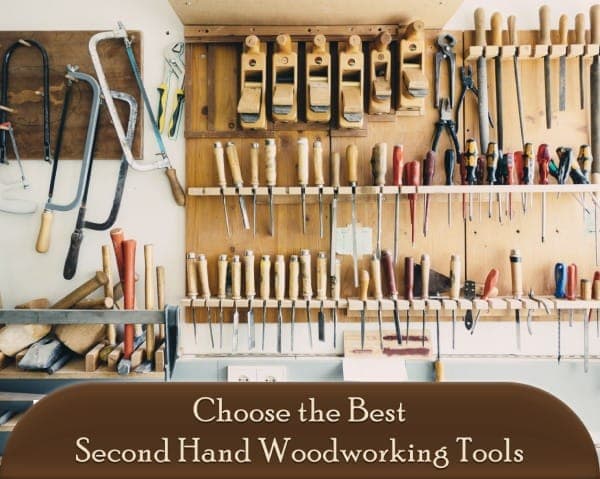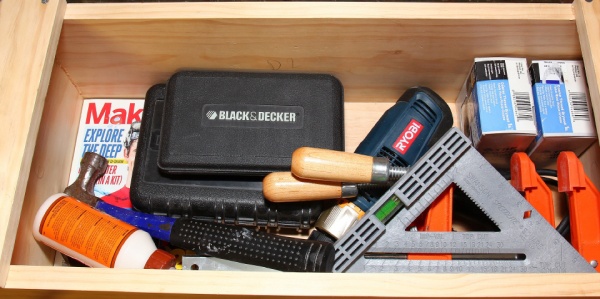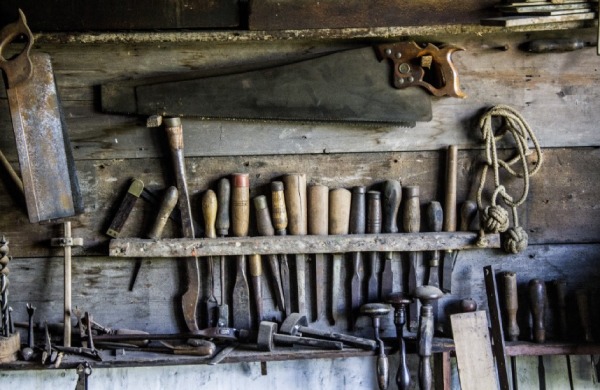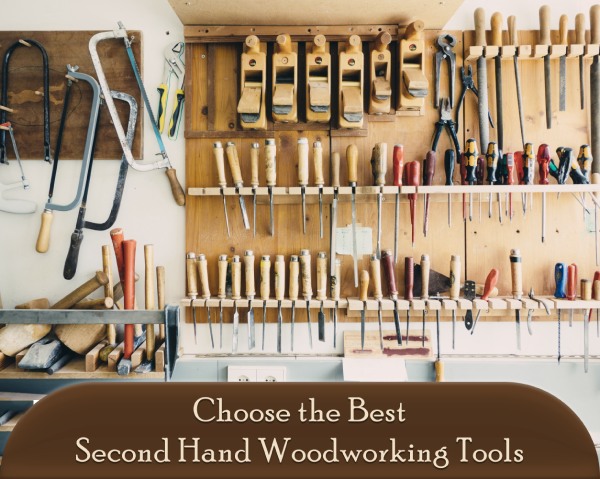
Building essential skills applicable to real-life situations are extremely beneficial to oneself. Through learning and discovering new things, people develop various aspects of their personality and behaviour. Among the many activities that can boost one’s creativity, woodworking is often overlooked by many people without realizing how this can be advantageous to learn, especially if you are equipped with passion and determination.
With this in mind, wood working is an activity that requires not only talent with one’s hands, but is supported by a wide array of woodworking tools. However, these tools can come with a heavy price. Thus, investing in used woodworking tools instead of brand-new ones can save you tons. Keep in mind, though, that you should still be keen and careful when choosing used woodworking tools.
Here are some tips that you can follow for choosing best used woodworking tools:
Tips on Select the Used Woodworking Tools
01. Start Doing Research
Woodworking tools can be quite complex, especially for beginners. Generally, you will have to start with a little research about how to use these tools, which terms mean what, and which brands are dominant in the woodworking industry. Since used woodworking tools are simply second hand tools listed by their owners, these are bought from tool retailers that you can find anywhere near your area. To have a brief overview of these tools, search online for retailers as they usually feature categorized tools, straightforward details and specifications, and their retail prices.
After having a quick glance on the internet, visit a tool retailer store physically. This way, you will have an idea of the sizes of these tools and how they work. While exploring the store, you can find the top-of-the-line tools that every woodworker must have. Also, you will have an idea of the price range of these tools, and you can compare them while holding them in your hands.
However, these new tools only serve as your guides. You will be buying used tools so the efficiency and performance will not be the same, as well as their prices. Look at online stores that offer second hand woodworking tools sold by other people. Through this, you will be able to determine the following:
Specifications:
- When it comes to selling both brand-new and used products, each item should always be accompanied by its specifications. The seller should always provide authentic details and features of the listed product.
Damage or Deficiency:
- Since you will be buying second hand woodworking tools that are susceptible to wear and tear and other types of product damage and deficiency, you should be properly informed of what the defects of the tools are. If it has a missing component or if the power tool takes too long to heat up, then you deserve to know about it.
Seller’s RFS (Reason for Selling):
- When buying used products, the seller should disclose why they have sold a certain tool. This can help you identify the problems that they previous owner may have faced when using the tool, and if it’s an issue you can tolerate. Moreover, you can have an initial assessment of the woodworking tools that you haven’t tried yet and determine if your purchase is worthwhile or whether you will be really able to work with it.
Negotiable Prices:
- Used products should naturally always be priced lower than their original retail price. Through searching for second hand woodworking tools around different stores, you can have a glimpse of the price range of a tool you’re eyeing. If you know the regular market retail price, then you can negotiate a lower price with the seller.
Aside from searching in online stores-which can be quite challenging since you can’t physically see the item-there are other places to visit such as thrift stores, garage sales, live auctions, pawnshops, and flea markets.
02. Keep in Mind that Brands Do Matter

Whenever people make purchases, they tend to treat products and services as equal and mostly look at the prices. For most buyers, the more expensive an item, the more reliable it is-but it’s not always the case. In choosing woodworking tools, consider the best brands and names in the market. Reputable brands that have stayed long in the industry can be a good indication of quality items.Many comprehensive guides online can let tell you which brands make the best tools for certain types of woodworking projects. From benchtop planers to compact drill driver kits, you should find the best names in the industry to give you a better woodworking experience. Since there are various types of wood to work on, you should also take a look at which tools specialize in different types of wood, and which brands will give you an advantage. Some of the best and most popular tool names in the market are:
- Black & Decker
- DeWalt Power Tools
- Bostitch
- Delta Machinery
- Grizzly Industrial
- Bosch Tools
- Festool
- Hitachi Power Tools
03. Inspect the Correlation Between Price and Quality
Getting your hands on the best tools are a huge investment-even if these tools are used-so you should be cautious about inspecting the price and quality of the second hand tools you’re currently eyeing. In buying both, brand-new and used tools, stick with this simple principle: if one tool has a relatively low price yet reviews reveal that it doesn’t perform well, choose the other tool that might cost more but has a higher durability.
After looking at the price and reviews, examine the current condition of the tool and its specifications. For instance, the basic mechanics of corded and wired power tools should be maintained. Inspect the tool initially by plugging it in a working outlet and switching it on and off. Check if the wire is bent at different angles, as these kinds of defects affect the flow of current in the tool, especially in the area where the cord meets the end of the device. Also, taped areas of the wire can be a huge turn off.
Of course, the best way to inspect a tool is to see it in action. After examining the physical attributes and condition of the tool, test it to see if it does what it’s supposed to. Moreover, don’t be afraid to ask the seller about every detail of the tool to make sure you are getting the best.
04. Rusty Doesn’t Mean It’s a Bad Deal

Unknown to most people, having rust and dirt on a tool doesn’t automatically mean it’s not a good deal. Again, always carefully inspect the tool closely. Rust and dirt can be easily cleaned and removed with water, dish soap, and sandpaper. Rusty and dirty tools can usually be found in garage sales and thrift stores, as some owners simply don’t bother cleaning theirs tools and opt to buy new ones instead. In inspecting a hand plane, examine the opening at the bottom and check for cracks on its sides. If the blade is rusty but replaceable, then you can find new ones at hardware stores, which usually come cheap.
Conclusion
Settling for second hand woodworking tools can save you a lot of money, though it can be a bit more challenging that simply buying brand-new ones. However, once you come across the best second hand tools that still work past their expected performance, then you definitely have yourself a worthy investment.
Also Read:
Most Useful Plumbing Tools for Plumbing Project and Repair
Cleaning Tools that are Used for House Cleaning
10+ Basic Carpentry Tools List for DIY


































